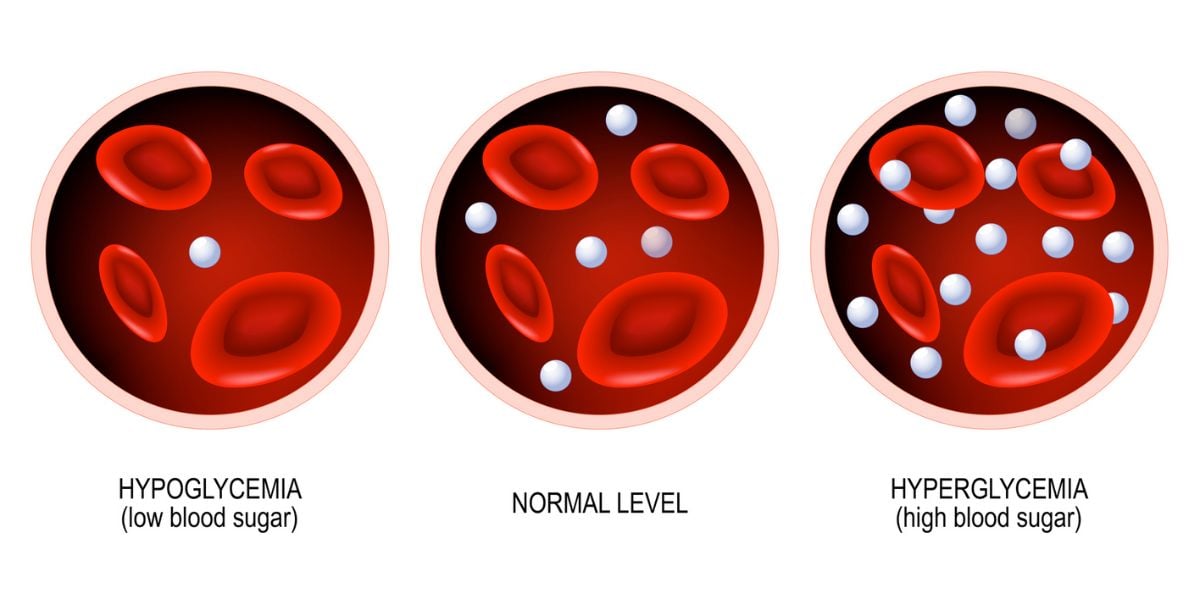Testing your blood glucose with a blood glucose meter allows you manage your diabetes. Watch a video guide on how to test your blood glucose (sugar) levels.
For people new to diabetes, this guide to testing your blood glucose levels should get you started.
Testing your blood sugar levels helps you to make informed decisions about your diet, activity and, if self-adjusting insulin, dosing requirements.
Bear in mind that not all blood glucose meters are the samen, so you may need to slightly the modify the method here.
What do I need to test my blood sugar?
In order to test your blood sugar levels, you will need:
- a blood glucose meter
- a test strip and
- a lancing device
Some blood glucose meters may come with test strips and/or lancing devices.
If in doubt, ask your healthcare professional.
How to test your blood glucose
- Prepare your kit ready for testing.
- This should include: your meter , a test strip to hand (it may be advisable to have a spare strip to hand too), the finger pricker (lancing device), cotton wool (optional) and a monitoring diary to record the results
- Ensure that the finger pricking device has been loaded with a new lancet
- Wash and dry your hands – to ensure that the result is not influenced by any sugars that may be present on your fingers
- A fuller drop of blood will be obtained if your fingers are warm, so it’s worth warming your hands up if you can. Be careful not to overheat your fingers so as not to hurt yourself.
- Put a test strip into your meter
- Prick your finger with the lancing device at the sides of the finger as there are less nerve ending here than at the tips or the ‘pads’.
- Recommended finger: the World Health Organisation recommends the middle or ring fingers are used for blood glucose tests (second and third fingers). You may want to avoid using your little finger due to the skin being thin.
- You may need to squeeze your finger a little until blood appears – if you find you need to squeeze hard, try pricking a finger again.
- When blood appears, check the meter is ready and then transfer the blood onto the test strip and wait a few seconds – most meters these days provide a result within 10 seconds and often sooner.
- If the test is unsuccessful, repeat from step 4.
- If the test is successful, clean any blood off your finger – with the cotton wool if necessary
- Record the result in a monitoring diary
- Dispose of the test strip and ensure that the lancet used is put into a sharps bin
Most diabetics agree that blood glucose testing can be a pain, but it is an essential part of diabetes management



